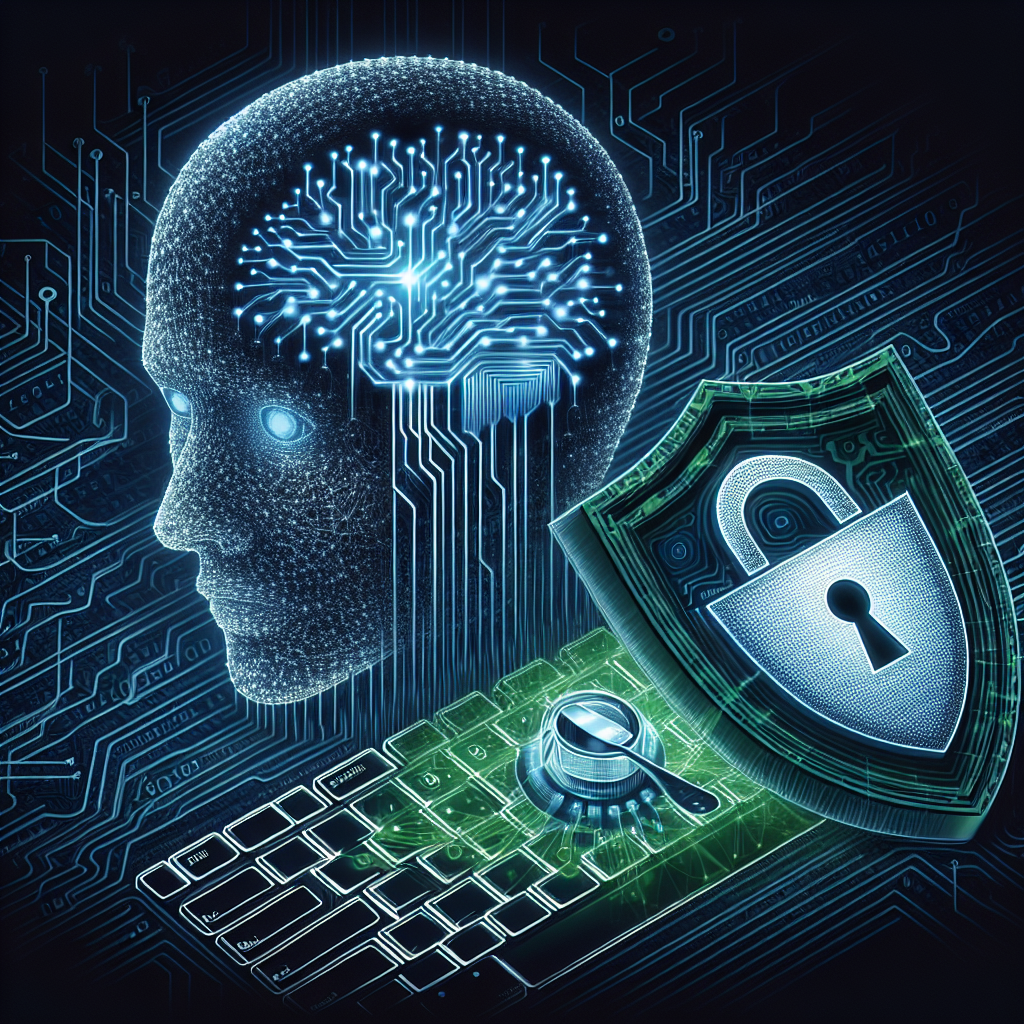Artificial Intelligence (AI) is revolutionizing many industries, and cybersecurity is no exception. As cyber threats become more sophisticated and pervasive, organizations are turning to AI to help defend against these threats and protect their valuable data. AI is reshaping the cybersecurity workforce in several ways, from automating routine tasks to augmenting human analysts with advanced threat detection capabilities. In this article, we will explore how AI is transforming the cybersecurity landscape and what it means for the future of the workforce in this field.
AI and Cybersecurity: A Perfect Match
AI and cybersecurity go hand in hand because AI is uniquely suited to handle the complexity and scale of modern cyber threats. AI systems can analyze vast amounts of data in real-time, identify patterns and anomalies, and make decisions faster than any human could. This makes AI an invaluable tool for detecting and responding to cyber threats before they can cause harm.
One of the key ways AI is reshaping the cybersecurity workforce is by automating routine tasks that would otherwise consume valuable time and resources. For example, AI-powered tools can automatically scan networks for vulnerabilities, identify potential threats, and prioritize alerts based on their severity. This frees up human analysts to focus on more strategic tasks, such as developing security policies and responding to critical incidents.
AI is also being used to augment human analysts with advanced threat detection capabilities. By leveraging machine learning algorithms, AI systems can learn from past incidents and continuously improve their ability to detect new and emerging threats. This “human-in-the-loop” approach allows AI to assist human analysts in making more informed decisions and responding to threats more effectively.
The Role of AI in the Future Workforce
As AI continues to evolve and become more integrated into cybersecurity operations, the role of human analysts is also evolving. Rather than replacing human analysts, AI is augmenting their skills and capabilities, enabling them to work more efficiently and effectively. Human analysts are still needed to provide the context, creativity, and critical thinking that AI lacks.
In the future workforce, human analysts will work alongside AI systems to develop more effective cybersecurity strategies, respond to incidents, and adapt to new threats. AI will handle the routine and repetitive tasks, while human analysts will focus on higher-level tasks that require human intelligence and creativity. This collaboration between humans and AI will enable organizations to stay ahead of cyber threats and protect their critical assets more effectively.
FAQs
Q: Will AI replace human analysts in cybersecurity?
A: AI is not likely to replace human analysts in cybersecurity. Instead, AI will augment human analysts by automating routine tasks and providing advanced threat detection capabilities. Human analysts are still needed to provide context, creativity, and critical thinking that AI lacks.
Q: How can organizations integrate AI into their cybersecurity operations?
A: Organizations can integrate AI into their cybersecurity operations by investing in AI-powered tools and platforms that can automate routine tasks, analyze vast amounts of data, and detect threats in real-time. It is important for organizations to develop a strategy for integrating AI into their existing cybersecurity infrastructure and processes.
Q: What are the benefits of using AI in cybersecurity?
A: The benefits of using AI in cybersecurity include improved threat detection capabilities, faster response times, reduced workload for human analysts, and enhanced overall security posture. AI can help organizations stay ahead of cyber threats and protect their critical assets more effectively.
Q: What are the challenges of using AI in cybersecurity?
A: Some of the challenges of using AI in cybersecurity include the need for high-quality data to train AI models, the potential for bias in AI algorithms, and the lack of transparency in AI decision-making. It is important for organizations to address these challenges and ensure that AI is used responsibly and ethically in cybersecurity operations.
In conclusion, AI is reshaping the cybersecurity workforce by automating routine tasks, augmenting human analysts with advanced threat detection capabilities, and enabling organizations to stay ahead of cyber threats. By integrating AI into their cybersecurity operations, organizations can improve their overall security posture and protect their valuable data more effectively. As AI continues to evolve, the future workforce in cybersecurity will be a collaboration between humans and AI, enabling organizations to adapt to new threats and challenges in the digital age.

